Don’t you find it annoying if your toilet refuses to flush? Yeah, such a problem gets on our nerves too.
Picture this: you wake up on a bright morning and head to the bathroom. After finishing, you reach for the toilet handle, only to find it’s not working. Right at the start of the day, you’re faced with a mess no one wants to deal with!
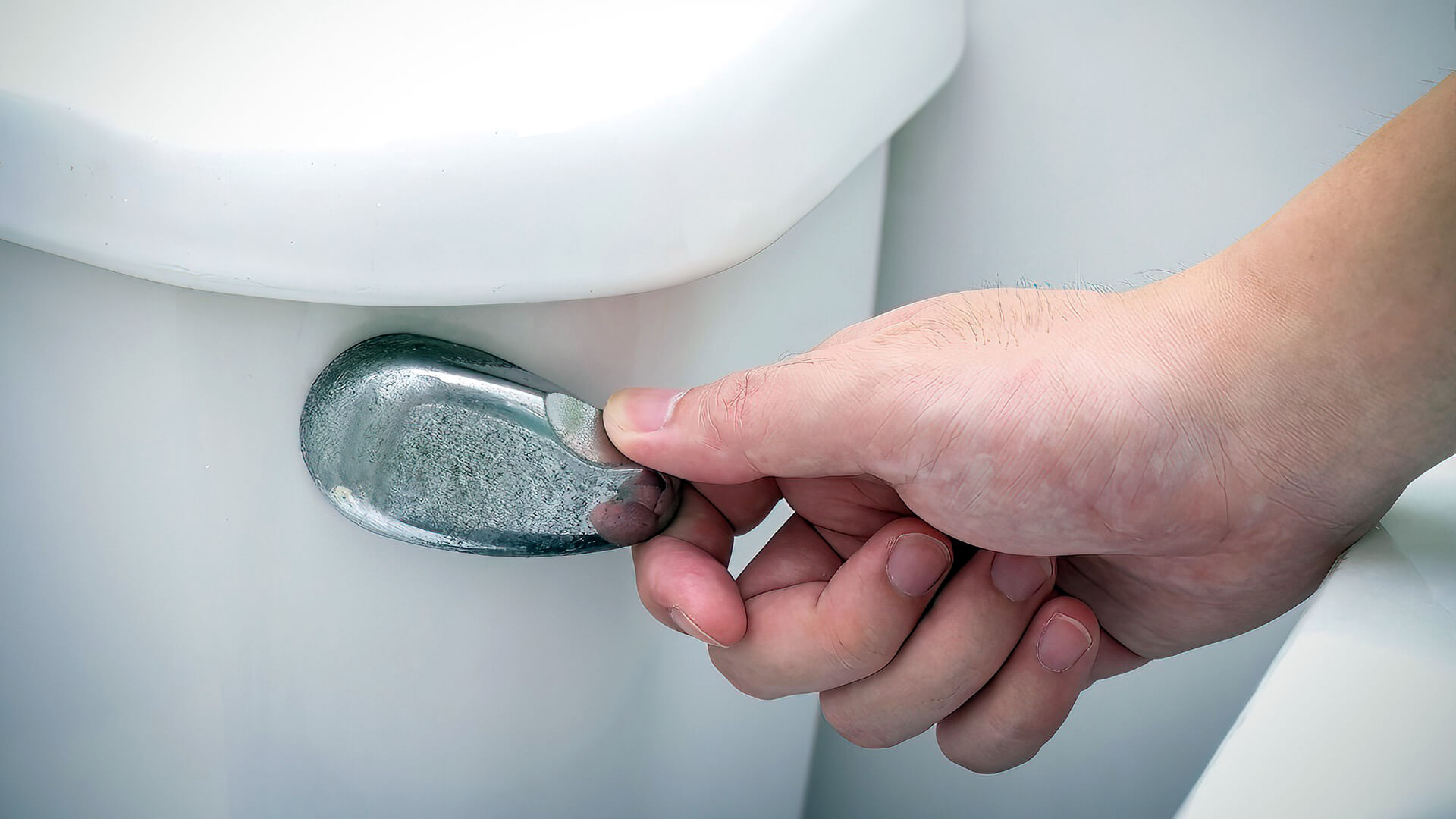
But instead of succumbing to frustration, it’s advised to immediately start investigating the reasons behind a toilet that won’t flush. There can be several reasons your toilet won’t flush; we have discussed most of them in this guide.
So, if you come across this problem and want to solve it, dive right in!
5 Common Reasons Why Your Toilet Won’t Flush
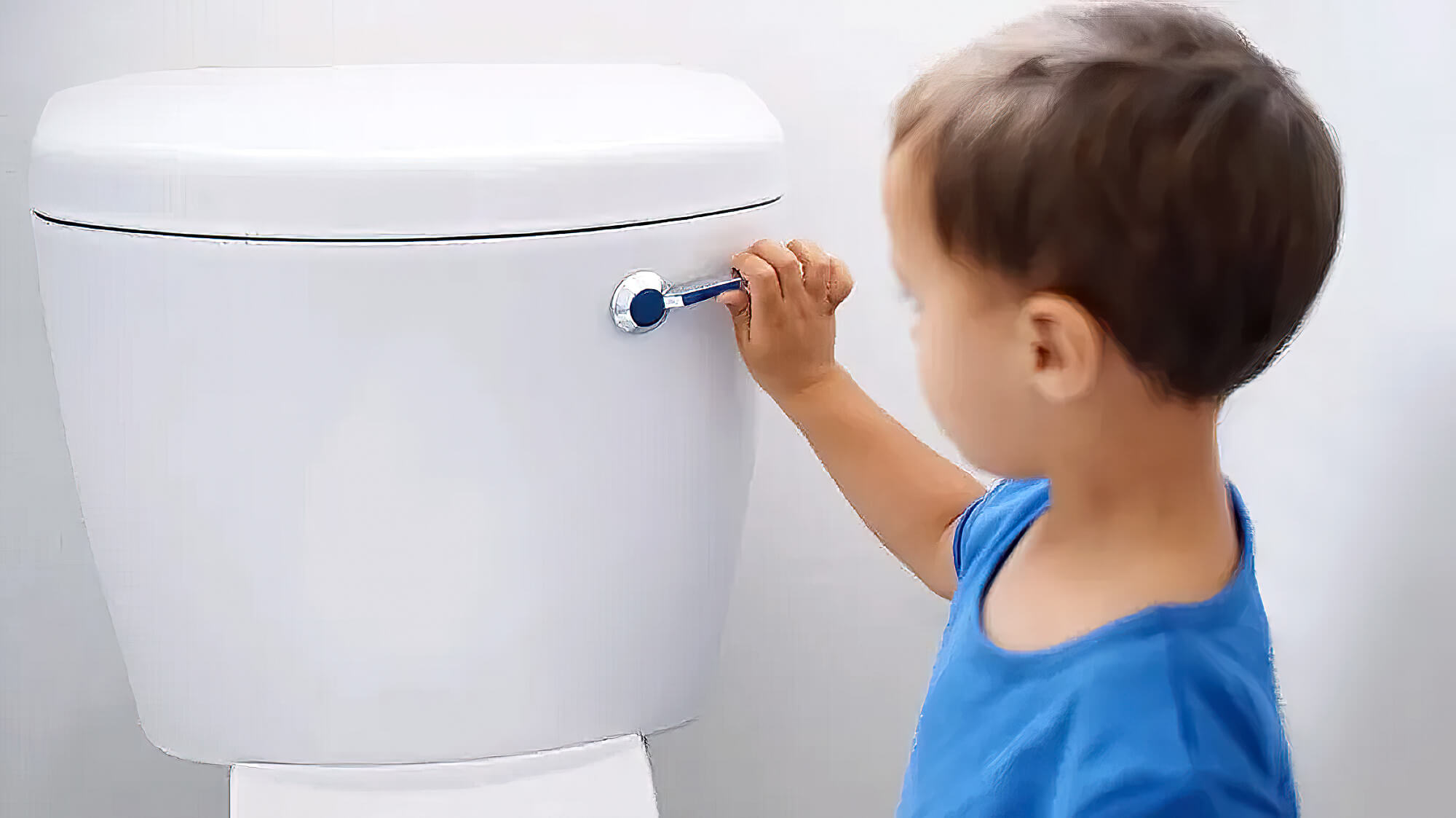
1. The Flush Button Has Malfunctioned
A faulty flush button is often the most obvious reason a toilet isn’t working right. It’s quite common for the button to get damaged, especially with older toilets.
In some cases, there may not be a button at all. In many toilet models, the button may be replaced by a chain or lever you need to pull. Regardless of the type, it is connected to the flush lever that controls the rest of the flushing process.
Over time, the button may detach or break from the handle. Or, there might be an accumulation of dirt and grime.
It’s easy to notice if this happens, as the outcome will differ after pressing or pulling the lever. The button may feel loose, or the level won’t revert to its original position. The chain may sometimes feel stuck, and you will have difficulty pulling it. This means your toilet won’t flush anymore.
How To Fix It?
Depending on the cause, you have two ways to resolve this issue. If the button malfunctions due to the accumulation of dirt and grime, clean the button, chain, or lever with a soapy solution.
However, if the handle attached to the button is broken or detached, it will require more work. You must open the top cover of the flush and clear out any water from the tank.
Once that’s done, reattach the detached handle to the button, and you’re good to go. But if the handle is broken, you must get it replaced entirely.
2. Low Water Level In The Tank
Flush tanks are typically designed to keep the water level high. When you flush, all that water quickly flows into the bowl, strong enough to wash away waste unless something’s clogging it. If there’s not enough water in the tank, though, you might notice a weak or nonexistent flush.
For convenience, manufacturers often mark the water level that should be maintained in the toilet bowl. This marking is typically located an inch below the overflow tube opening but might be lower in some water-saving toilet models.
You will need to check the water level by opening the lid. Check for markings or toilet bowl stains on the walls of the toilet tank and compare them to the water level.
If more than half the tank is empty, you will notice it immediately after opening the lid. In that case, you won’t even need to find the marking.
How To Fix It?
To fix a low water level, you’ll need to adjust the float ball inside the tank. This ball is usually rubber or plastic and filled with air, much like a balloon.
The ball is attached to a movable arm, so the float ball goes up when the water level rises in the tank. And on reaching the highest point, it closes off the water supply in the tank.
To prevent a running toilet, you need to adjust the arm of the float ball to go higher. That will allow more water to enter the tank before the water supply is cut off.
If adjusting the float ball doesn’t help the water level rise, there might be a problem with the supply valves. Don’t worry—we cover that next. Also, check that the overflow tube is intact.
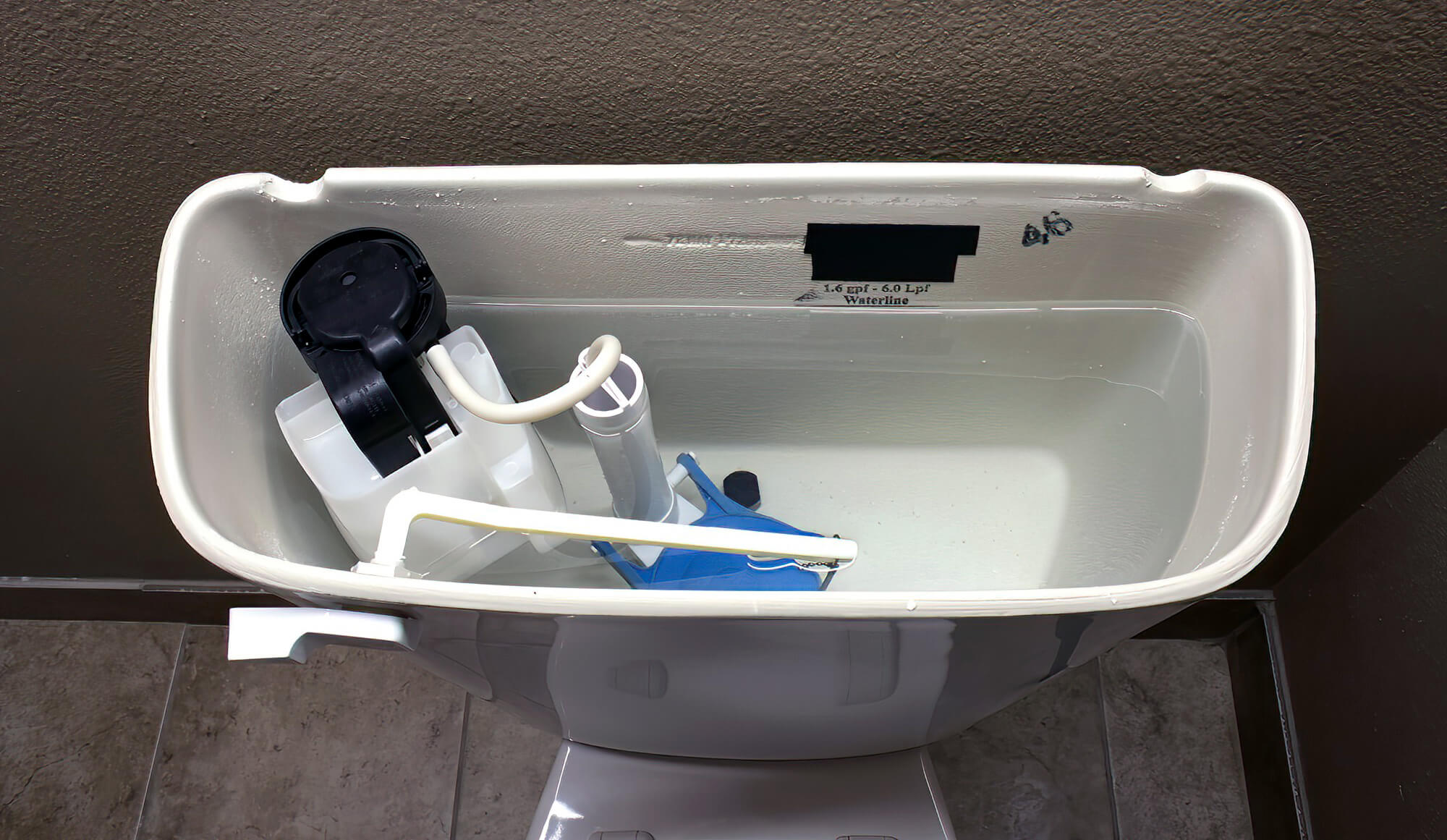
3. Damaged Valves
A toilet comprises several valves that carry water into and out of the tank via the clogged inlet holes during the flushing process. There is the fill valve, which fills the tank with water via the inlet holes. Then there is the overflow valve, which helps maintain the tank’s water pressure and prevents it from overflowing. And finally, the flush valve helps to release water from the tank into the bowl.
If any of these valves become damaged, it will affect the water flow in the toilet. As a result, you won’t be able to flush it.
To inspect the valves, open the tank lid and look for any signs of damage. Draining the tank water first might make it easier to check everything thoroughly.
How To Fix It?
Grab a toilet brush or a similar tool to clear the debris before considering valve replacement if there’s noticeable damage on any of these valves. Fortunately, purchasing new valves is not expensive, so you can quickly get them from your local hardware store.
Once you have them, carefully dislodge the old valves and replace them with new ones. Make sure to tighten the valves properly to ensure no loose connections. On that note, be sure to test the new valves before you start using them. If you are unsure how to do this, we recommend calling a professional plumber.
4. The Toilet Has Become Clogged
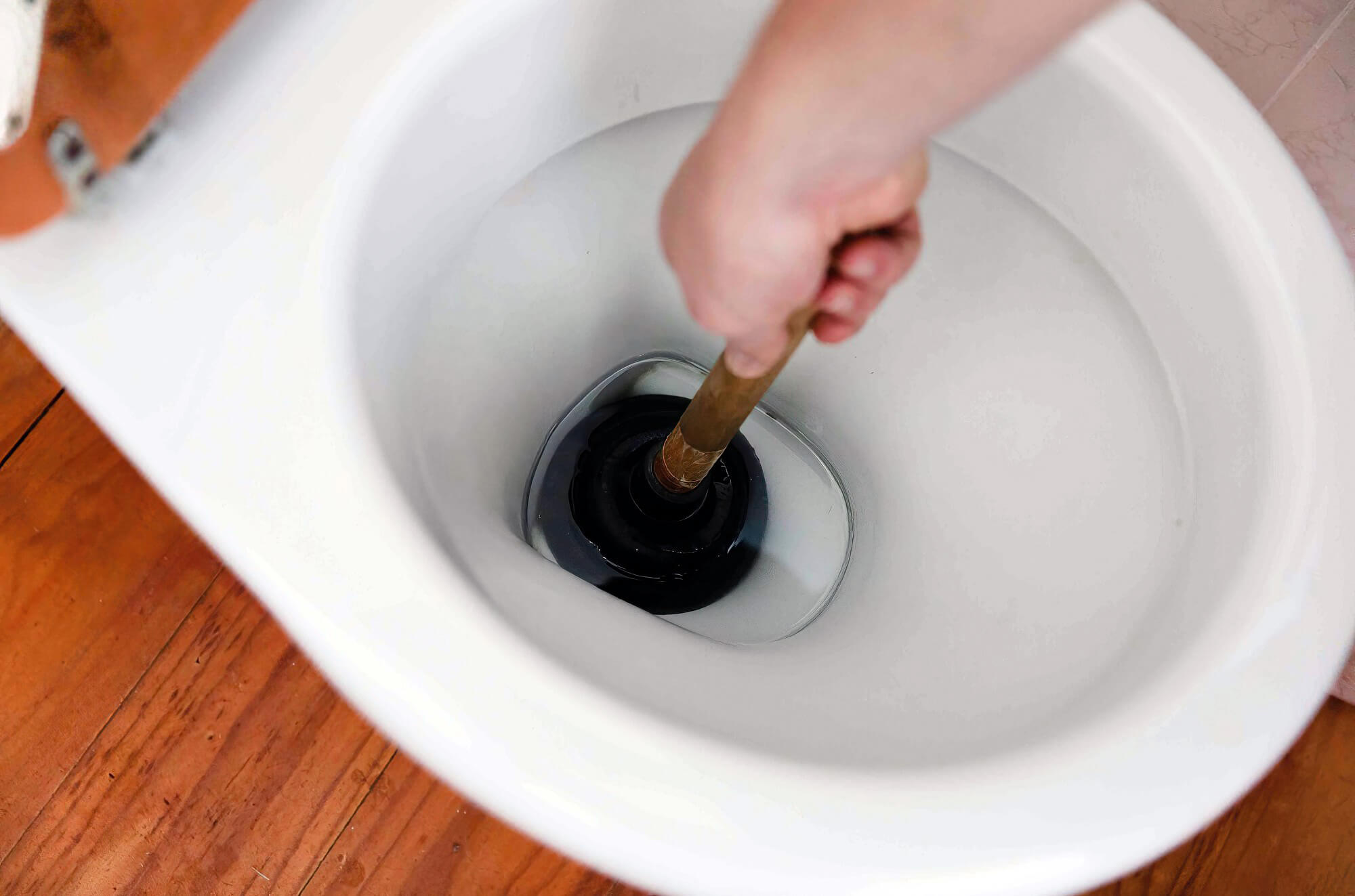
If you have a clogged toilet, the water will not flush properly. Even if it does, you will notice that the toilet water will drain slowly. You may also notice gurgling sounds or an unpleasant smell from the clogged toilet.
A blockage in the toilet may be caused due to several reasons. The toilet drain pipe design might get overwhelmed due to oil, grease, toilet paper, hair, or food particles clogging it. Even plastic or metal bits may get lodged inside the drain lines, leading to a clog.
In this case, you will need to determine where the blockage is. Examine the pipes, the toilet’s inlet holes, and the main sewer line. If you notice any smell or odd sounds coming from any of these components, then that is where the problem lies. Alternatively, you can use a drain CCTV to determine where the blockage is.
How To Fix It?
If any of the valves and pipes of the toilet is blocked, you can quickly clear the blockage with hot water. You can add a bit of vinegar and baking soda for better results. This process will clear out blockages like mineral deposits or too much toilet paper that may be obstructing the pipes. You can use a tougher chemical product for a more stubborn blockage.
Or, use a toilet auger, wet vacuum, or toilet plunger. These tools will clear out any solid objects that may have gotten stuck in the pipes, such as toilet paper towels, wet wipes, or sanitary products.
For any blockages in the main sewer line, you can clear them out with a drain cleaning enzyme or a pressurised water jet. They can break away any foreign materials blocking the pipeline. If the problem persists, you may need to take more extreme measures, such as relining or replacing the pipes.
Regardless, the normal flushing functionality will be restored once the blockage has been cleared.
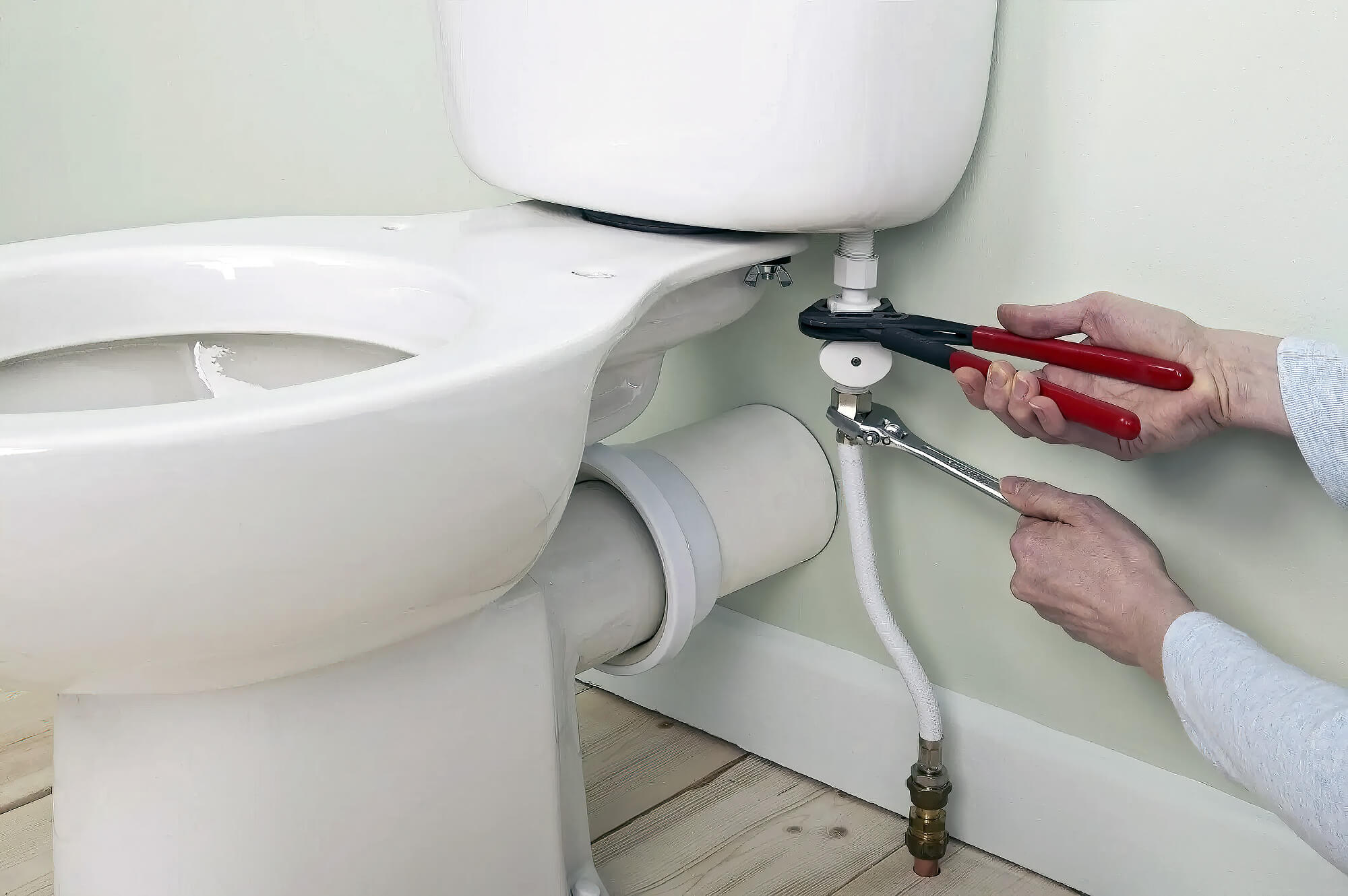
5. Issues With The Toilet Flapper
When a toilet is not flushing properly, it can often be attributed to issues with the flapper inside the toilet tank. A small rubber seal lies between the toilet tank and the bowl.
The rubber flapper is attached to a lift chain, which opens up the toilet drain when you pull the flushing handle. Once the flapper is open, all the water from the tank is drained into the bowl.
The toilet’s flushing mechanism gets disrupted if the rubber flapper becomes damaged or the lift chain becomes detached. As a result, you won’t be able to flush your toilet.
How To Fix It?
To fix this issue, you need to open the top lid and empty the tank. If the lift chain is detached, you will notice it immediately; simply attaching it to the flapper will solve the problem.
But if the lift chain is intact, the problem is with the flapper itself. If it is warped and dislocated, you need to readjust its position. However, if there are signs of damage, you must replace it with a new one.
Thankfully, a toilet flapper is a pretty inexpensive component, and you can find it in any hardware store. Once you get it, carefully dislodge the old flapper and replace it with the old one. After that, please give it a trial run to ensure it has been installed correctly.
Still Won’t Flush? Leave It To The Pros
We understand how frustrating it can be if you’re unable to flush the toilet. That’s why we have listed the possible solutions for each cause. And as you can see, most of them are easy to follow on your own.
So, the next time you encounter this issue, you can refer to this guide to flush this problem away!
However, some of these issues may require you to seek the help of a professional plumber that offers expert plumbing services. In that case, we suggest you immediately call an expert plumbing system service. If you sit on the problem, it will only get worse. If you are in the Noosa, Sunshine Coast or Moreton Bay areas, make sure you speak with our team! The blocked drain specialists at Big Blue Plumbing are the best in the business.
In the meantime, it is time to wrap it up over here. Stay tuned for more updates in the future.
Until then, adios!



